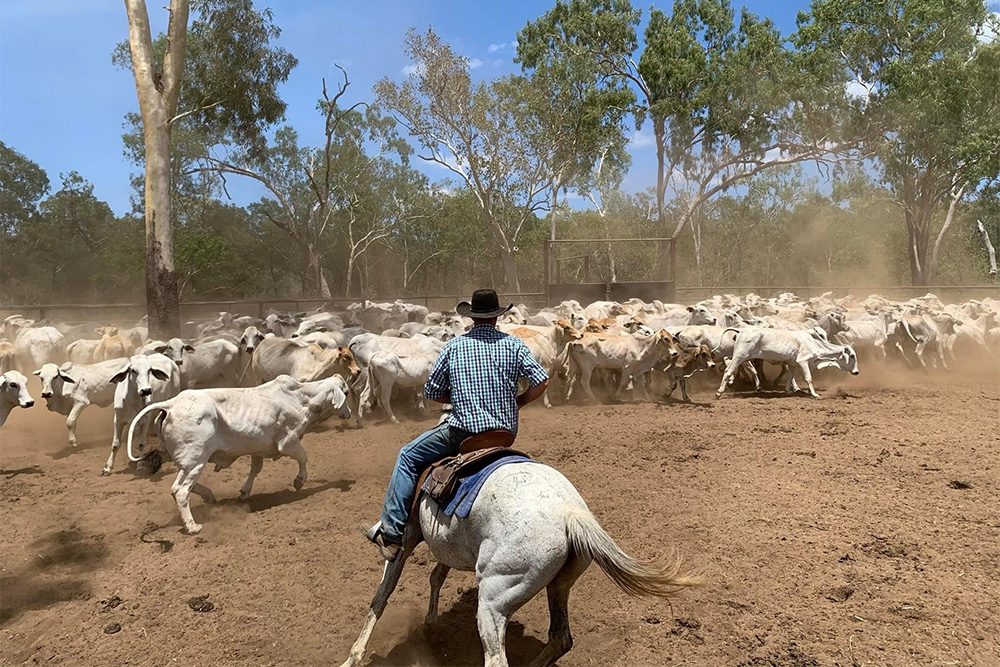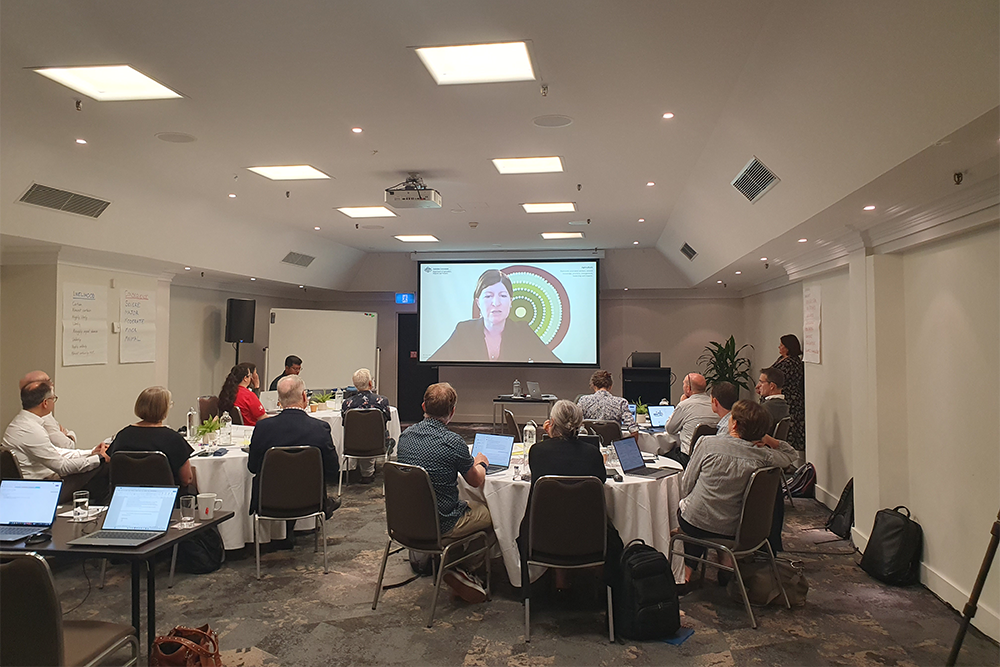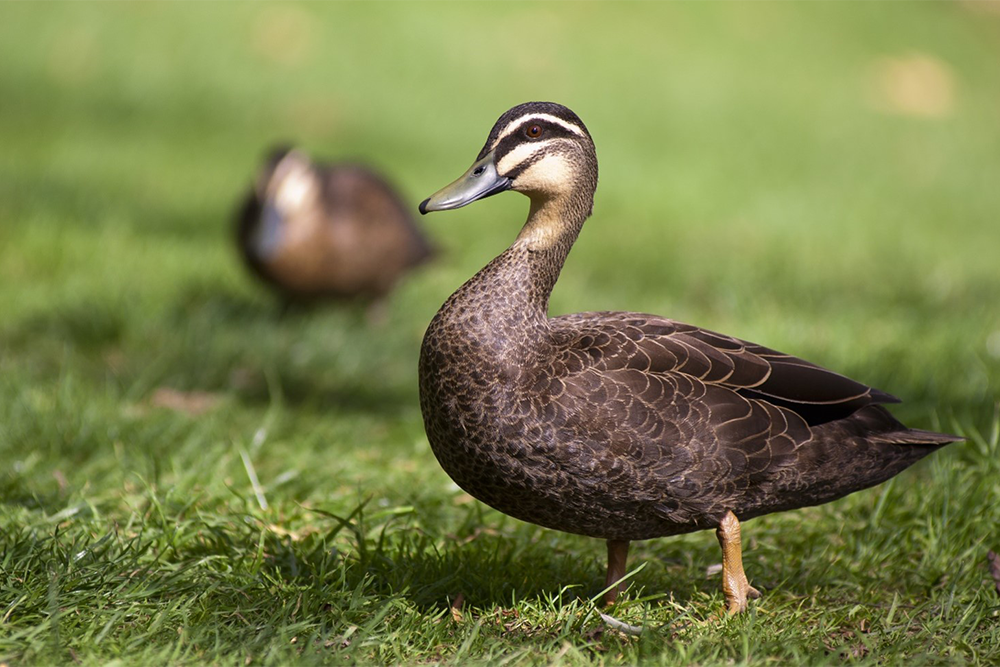Focusing on northern Australia is important for protecting Australia’s animal health. The region is vulnerable to incursions due to its proximity to neighbours such as Papua New Guinea, Indonesia and Timor-Leste. The establishment of the Office of the Australian Chief Veterinary Officer (OCVO) – northern Australia team in 2022 has contributed to strengthening engagement in the region and increasing preparedness for emergency animal diseases (EAD).
AUSVETPLAN contains the nationally agreed approach for responding to EAD incidents in Australia. However, one important stakeholder whose involvement in EAD responses could be strengthened is our First Nations communities. The Australian Chief Veterinary Officer (ACVO) considers First Nations peoples a priority for increasing resilience against EAD threats, particularly in Northern Australia. Given this focus, the OCVO - Northern Australia team is currently working to deliver two projects to improve consideration and engagement of First Nations peoples, their unique perspectives and needs in EAD preparedness and response activities.
The first project aims to engage First Nations stakeholders to determine their role during an EAD outbreak including the level of culturally appropriate engagement. Animals play an important role in First Nations culture as companions, food sources, spiritual totems and offer a stream of income in cattle and buffalo production enterprises. This interconnectivity between First Nations people and animals means that communities have a unique insight and knowledge of animals. It also means that there is a close connection between health, with animal health advances often associated with human health benefits as well. The outcomes of this project will ensure that First Nations people have a seat at the table when it comes to animal biosecurity and support their active involvement in EAD response activities. The result being greater self-determination for First Nations peoples and stronger animal biosecurity and EAD preparedness for northern Australia.
The second project intends to examine the value of feral and wild roaming animals to First Nations communities in the north. This is important as EADs could affect feral and wild animals as well as domesticated species. Diseases such as foot and mouth disease (FMD), lumpy skin disease (LSD) and African swine fever (ASF) represent significant disease threats to Australia due to their presence in near neighbour countries. Feral and wild animals which may be affected by these diseases in the event of an outbreak in Australia include cattle, buffalo, goats, camels, deer and pigs. This work will determine the economic and/or cultural value of these animals to First Nations communities in northern Australia. Determining the value of these animals will support decision-makers and ensure any potential impacts on First Nations communities are considered during an EAD outbreak.
While these projects have a First Nations focus, they are an opportunity to strengthen animal biosecurity outcomes for all northern Australia. Biosecurity threats are becoming more frequent around the world, driven by climate change, shifting trade patterns and disease distribution. It is only by working together across industries, governments and culture’s that we can be successful in keeping Australia EAD free and maintain our high level of preparedness to respond should we need to. Biosecurity is everyone’s business.
If you would like more information about OCVO or these projects please contact Dr Kate Usher, Senior Veterinary Officer, OCVO - Northern Australia via ocvo.national@aff.gov.au. To report a concern, call the Emergency Animal Disease Watch Hotline on 1800 675 888 or to find out visit biosecurity.gov.au.




